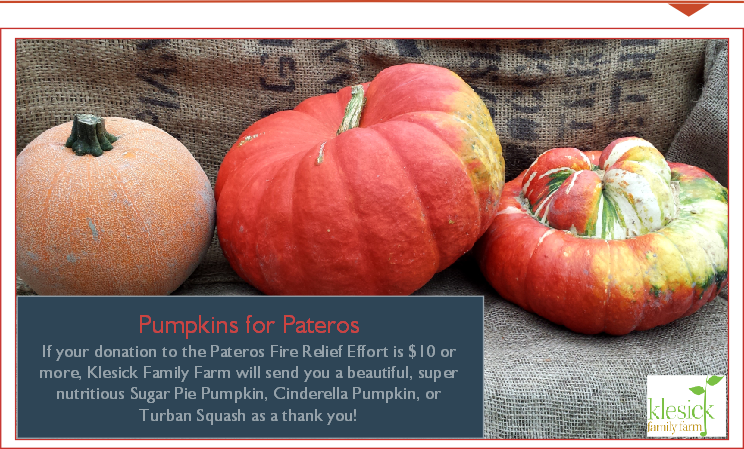By the time you get your box of good this week, I will have left Seattle, arrived in Lexington, Kentucky and spoken at the American Farmland Trust’s national conference, and gotten back to the farm, just in time to move into our new packing facility this weekend. My session at the conference was titled, From the Field: A Farmer’s Perspective on Soil, Nutrition and the Importance of America’s Farmland.
I must have been “sleep deprived” at the moment I accepted their invitation to come and share. Truth be told, I agonized over this decision for quite a while, because I knew that it would be happening during harvest and our move to the new building. This would make my trip to Kentucky more of sprint than a leisurely stroll. Nevertheless, since I am very passionate about the need to “preserve” America’s farmland for future generations, the opportunity of having access to policy makers, conservation organizations and natural resource planners to share about farming, meant I had to say, “Yes!”
I love the title for the conference: Farmland, Food and Livable Communities. It says it all: no farmland, no food, no communities. Cities and farms have always been associated together. Neither is able to survive without the other, because we have to eat to live and city folk, they have to eat as well.
Ah…but therein lies the rub. With refrigeration, diesel and airplanes, the farms can be moved further from the cities, which means the cities will eventually lose their connection to the farms and where their food comes from. As the farms move further and further away, so does the quality of the food. We accepted farms 100 miles away, then 200 miles away, then in the next state, country and before you know it, Chinese apples are on the shelf. I am not excited about that progression, and I am certainly not excited about losing any more farmland to development.
That is why I went to Kentucky—to invest in the folks who make their living trying to preserve farmland and other natural resource lands. I wanted to encourage them to press on, plow ahead, and not grow weary in well doing. Their work is important, it is important now and for generations to come.
Thank you for sending me to Kentucky. Because of your support of our farm and our box of good, I had a platform from which to speak!

